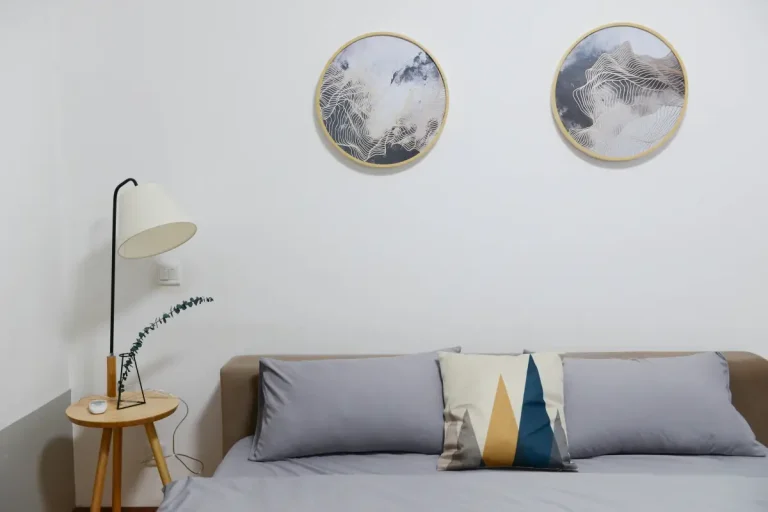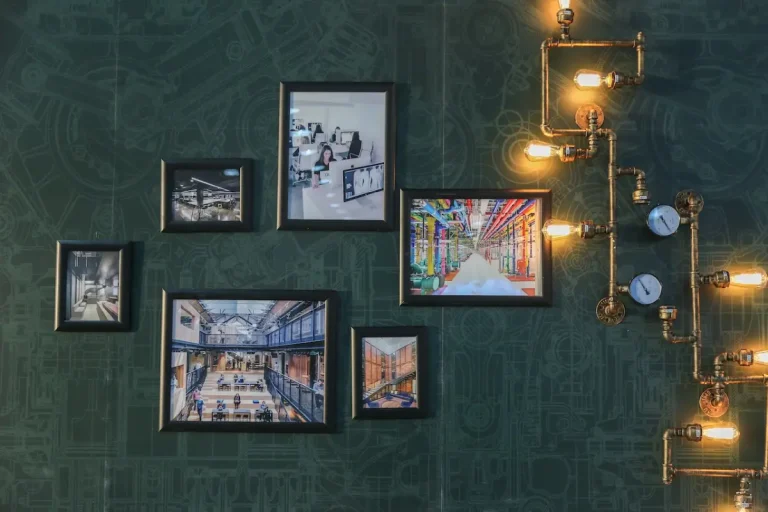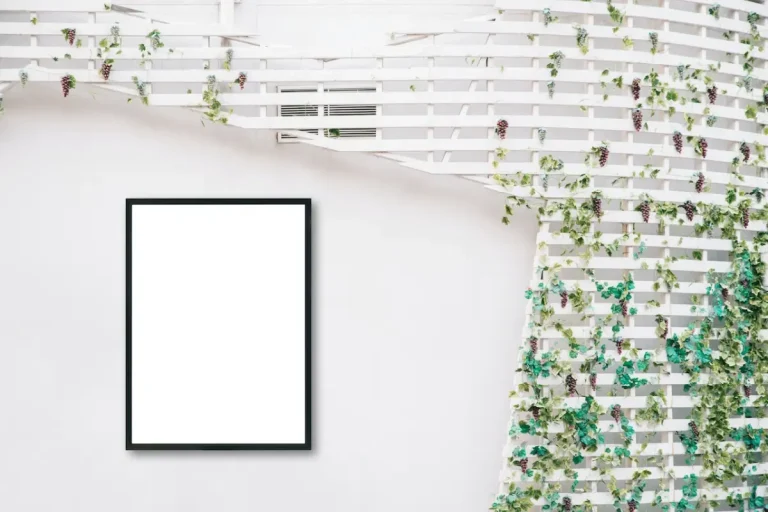Art has an uncanny ability to reach deep into the recesses of our minds and stir emotions that words alone cannot convey. It serves as a universal language, transcending cultural and linguistic barriers to communicate on a primal, emotional level. Beyond its aesthetic appeal, art has a profound impact on our psychological well-being, triggering a range of responses that shape our inner world.
Emotional Resonance
The emotional impact of art is undeniable. A single brushstroke, a vivid color, or a compelling composition can elicit a cascade of feelings, from joy and awe to introspection and melancholy. Art provides an outlet for emotional expression, allowing viewers to connect with their own experiences and empathize with the artist’s perspective.
Catharsis and Release
Engaging with art can provide a cathartic release of pent-up emotions. It offers a safe space to confront difficult feelings, process complex thoughts, and explore unresolved issues. Art becomes a mirror that reflects our inner turmoil, inviting us to confront and navigate our emotions.
Enhancing Empathy
Viewing art fosters empathy by encouraging us to step into the artist’s shoes and see the world from their perspective. This empathetic connection expands our understanding of different cultures, experiences, and viewpoints, promoting a more compassionate and open-minded outlook.
Mindfulness and Presence
Immersing oneself in art cultivates mindfulness – a state of focused awareness on the present moment. As we examine the intricate details of a painting or sculpture, we become fully present, setting aside worries and distractions. This mindful engagement nurtures a sense of calm and inner tranquility.
Stimulating Creativity
Art sparks creativity by inspiring us to think beyond the confines of the ordinary. It encourages innovative thinking, problem-solving, and the exploration of new ideas. Observing the artist’s innovative choices encourages viewers to seek creative solutions in their own lives.
Personal Reflection
Art serves as a mirror to our inner selves, prompting introspection and self-discovery. When we resonate with a piece of art, we often project our thoughts, hopes, and fears onto the canvas. This process of projection allows us to explore our own desires and motivations.
A Source of Inspiration
Art has the power to uplift and inspire. It can provide a beacon of hope during challenging times, reminding us of the beauty that exists in the world. The transformative effect of art enables us to shift our perspective and find solace in creativity.
The dynamic relationship between art and psychology underscores the profound influence that creative expression can have on our mental and emotional well-being. Whether through contemplation, creation, or appreciation, art offers a gateway to explore the intricacies of our inner world and foster a deeper connection with ourselves and those around us.
Stay tuned for our next exploration, where we will delve into the intersection of art and technology, uncovering how digital innovations are reshaping the art landscape.
